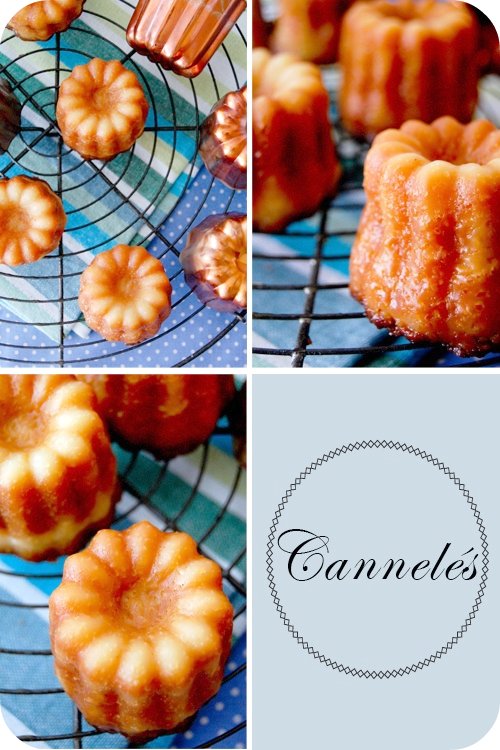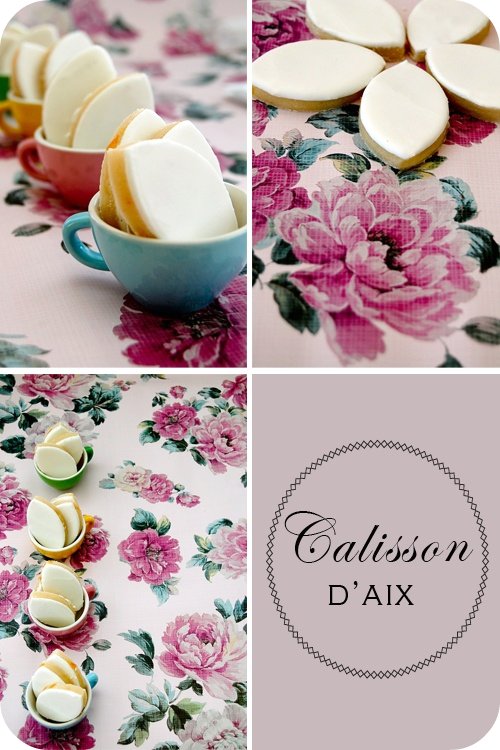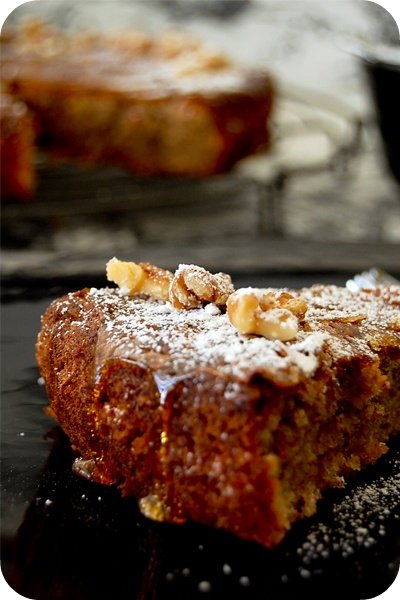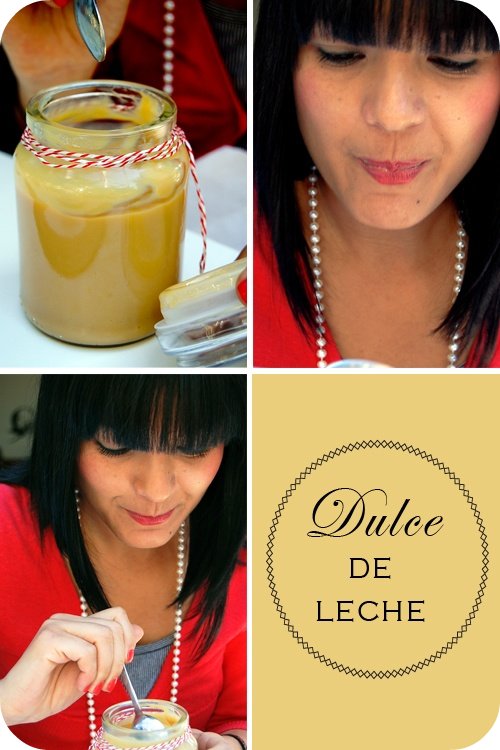We leave Provence and travel west to Bordeaux and discover the regional speciality that is the Cannelé. Customarily, these little pastries are eaten for breakfast, a snack as a dessert. Anytime! Fresh out of the oven, the fragrant rum and vanilla infused delicacies boast a crunchy and golden crust that gives way to a dense, yet creamy, custardy centre.
A unique trademark of the Cannelé is the baking technique, which traditionally uses copper moulds coated with beeswax. Beeswax will not burn at the high temperatures necessary to bake these pastries, and aids the caramelisation process that provides the characteristic golden crust. The drawback with using copper moulds is they are not cheap. But the good news is somewhat similar results can be achieved baking with tin and silicon moulds.
Of interest, the name Canelé de Bordeaux is reserved for the custardy cake found exclusively in the city, with Cannelés Bordelais the label given to any version outside of Bordeaux.
{ Cannelés Bordelais }
Adapted from various sources including Ripailles by Stéphane Reynaud, Martha Stewart’s Baking Handbook by Martha Stewart, and Lenôtre in Paris
Despite using copper and beeswax as part of the process, these pastries did not crust as dark as I would like. Perhaps the oven should be even higher? But now that investment in copper moulds has been made – and I have enough beeswax to coat them 100 times over! – a perfect excuse for more trials until I achieve that perfectly dark crust.
Note: this is not a recipe you can pull together last minute. The moulds need preparation, and the batter must be refrigerated for 1-4 days in advance. But well worth planning ahead.
* Ingredients *
2 cups milk
4 tablespoons butter
½ vanilla pod or ½ teaspoon vanilla bean paste
2 large egg yolks
2 cups icing sugar
1 tablespoon dark rum
3/4 cup flour
Pinch of salt
* Directions *
Bring half the milk, butter and vanilla to a simmer and cook until butter has melted. Allow to cool. In a bowl, whisk together egg yolks, sugar, rum and remaining milk. Add the flour and salt and whisk to combine. Add the hot milk mixture to the egg yolk mixture in a slow steady stream. Strain through a sieve. Cover and refrigerate for 1-4 days. Preheat the oven to 400F or 200C. Prepare the moulds. (See tip below.) Remove batter from the refrigerator and whisk vigorously. Fill each mould to 1/8 inch or 3mm from the top. Bake, rotating sheet halfway through, until Cannelés are dark brown and slip easily from their moulds, about 1 1/2 to 2 hours.
Makes 8 Cannelés
{ Tip… }
If you are using tin moulds, coat with butter or oil and freeze for 30 minutes prior to baking.
If you are using silicon moulds, you have two options. Due to the non-stick nature of the silicon, you can use as is. Alternatively, you can brush with some butter or oil, and freeze for 30 minutes in a similar fashion to a tin mould above.
If you are using copper moulds, you also have two options. Heat the moulds in the oven at the same time as melting some beeswax. Then carefully coat the hot moulds with a thin layer of wax. Let the excess drip for a few minutes. Alternatively, you can brush with some butter or oil, and freeze for 30 minutes in a similar fashion to a tin mould above.
{ Where to buy the moulds? }
Find tin moulds at retailers such as Sur La Table
Find silicon moulds at retailers such as Amazon
Find copper moulds at retailers such as Sur La Table and Amazon












 :: Triple Caramel Cake ::
:: Triple Caramel Cake :: :: Belle Hélène ::
:: Belle Hélène :: :: Lavender Honey Crème Caramel ::
:: Lavender Honey Crème Caramel ::
 :: Salted Butter Caramel Ice Cream ::
:: Salted Butter Caramel Ice Cream :: :: Chocolate Salted Caramel Cupcakes ::
:: Chocolate Salted Caramel Cupcakes :: :: Salted Caramel Macarons ::
:: Salted Caramel Macarons :: :: Dulce de Leche ::
:: Dulce de Leche ::
 :: Brioche Tart with Caramelised Fruits ::
:: Brioche Tart with Caramelised Fruits ::





